-
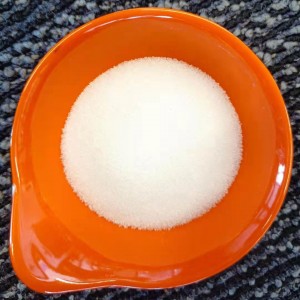
In-House CAS313-06-4
Estradiol Cypionate is the cypionate salt form of estradiol, the most potent, naturally produced estrogen. Estradiol cypionate diffuses through the cell membrane and binds to and subsequently activates the nuclear estrogen receptor found in the reproductive tract, breast, pituitary, hypothalamus, liver, and bone. The activated complex binds to the estrogen response element on the DNA and activates the transcription of genes involved in the functioning of the female reproductive system and secondary sex characteristics.
-

4-Amino-3,5-Dichloroacetophenone CAS37148-48-4
3, 5-dichloro-4-aminoacetophenone, which is a beige crystal. Melting point of 158-160 ℃. Insoluble in cold water, slightly soluble in hot water, soluble in ethanol, ether, benzene and other organic solvents. Production method: chlorination of aminoacetophenone. Add p-aminoacetophenone and acetic acid (80%) into the reaction pot, stir to dissolve, quickly add chlorine-containing glacial acetic acid solution, feed temperature 5℃, add, immediately put into ice water precipitation, filtration, wa... -
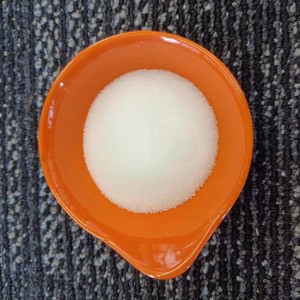
Tropanon Tropinone CAS 532-24-1
Tropinone 532-24-1 is an alkaloid, famously synthesised in 1917 by Robert Robinson as a synthetic precursor to atropine, a scarce commodity during World War I. Tropinone 532-24-1 and the alkaloids and atropine all share the same tropane core structure.
-
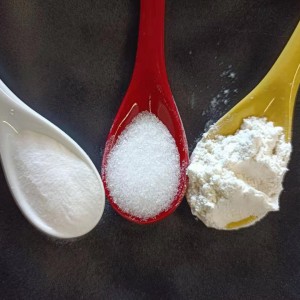
D-Tartaric Acid CAS Number 147-71-7
1.Used as an acidifier in beverages and other foods 2.Used as chromatographic analysis reagent and masking agent 3. used as cleaning agent and polishing agent for metal surface 4.used as medicine resolver, food additive, biochemical reagent 5.A chiral source and resolver for chiral synthesis
-
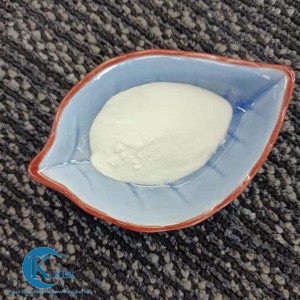
Acetaminophen-CAS 103-90-2
Paracetamol is a medicine that exerts analgesic (reduces pain) and antipyretic (reduces fever) activity, but does not possess anti-inflammatory activity.
-
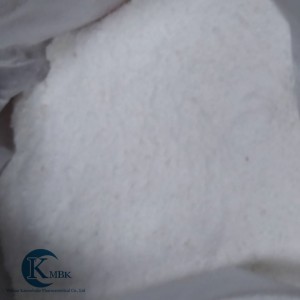
Ropivacaine HCL CAS132112-35-7
It is a local anaesthetic drug belonging to the amino amide group. The name refers to both the racemate and the marketed S-enantiomer. It is an anesthetic (numbing medicine) that blocks the nerve impulses that send pain signals to your brain.it is used as a local (in only one area) anesthesia for a spinal block, also called an epidural. The medication is used to provide anesthesia during a surgery or C-section, or to ease labor pains.
-
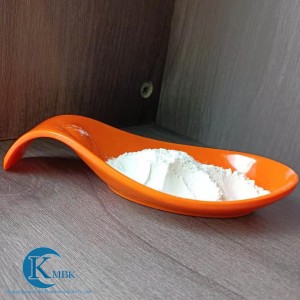
Tetracaine-CAS 94-24-6
Product name:tetracaine CAS No.:94-24-6 Chemical name:Tetracaina;Amethocaine;Uromucaesthin;Tetracainum;Contralgin Purity:99% Molecular formula: C15H24N2O2 Molecular weight: 264.36300 Appearance:white crystalline powder Package:As the customers’required Function:local anesthesia
-

Fluanisone CAS1480-19-9
Resistance to mental disorders,psychiatric.
-
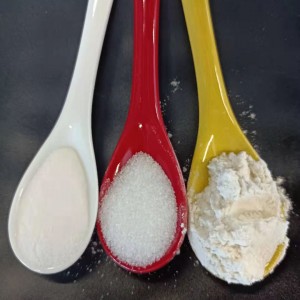
Hydrocortisone Acetate CAS50-03-3
Hydrocortisone acetate is an adrenal hormone drugs, Hydrocortisone acetate has important physiological activities such as anti-inflammatory, anti-viral, anti-allergic, anti-shock, reducing inflammatory exudation effect, commonly used in clinical adrenal insufficiency and autoimmune diseases.
-

Methylamine hydrochloride-CAC 593-51-1
Methylamine hydrochloride is a chemical with the formula H2Nch3.hcl.Used in medicine, pesticide, fuel and other organic synthesis of basic raw materials and oil fields.Easy to dissolve in water, 20% aqueous solution PH=4.0-4.7, insoluble in ethanol, insoluble in ether, ethyl acetate, chloroform and acetone, easy to deliriate.
-

Tryptamine Powder CAS61-54-1
Tryptamine CAS:61-54-1is a monoamine alkaloid. It contains an indole ring structure, and is structurally similar to the amino acid tryptophan, from which the name derives. Tryptamine CAS:61-54-1 is found in trace amounts in the brains of mammals and is hypothesized to play a role as a neuromodulator or neurotransmitter.It is used in biological and pharmaceutical intermediates, with vasoactive, possibly neuromodulatory and other functions.
-
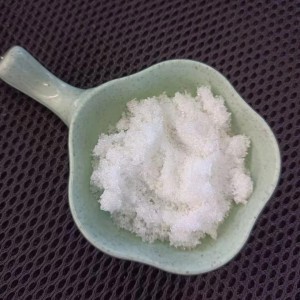
Citric Acid CAS77-92-9
Citric acid is the intermediate product of the plants of a natural composition and physiological metabolism, is also one of the organic acids widely used in the field of food, medicine, chemical industry. It is colorless transparent or translucent crystal, or granular, particle powder, odorless, although has strong sour, but a pleasant, slightly astringent taste. In the warm air gradually disintegrate, in the humid air, it is slight deliquescence.













